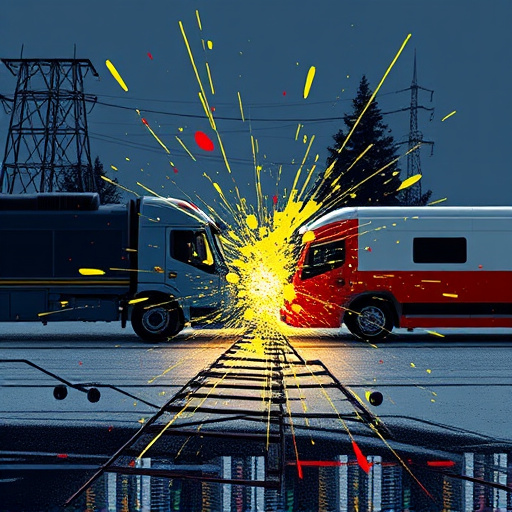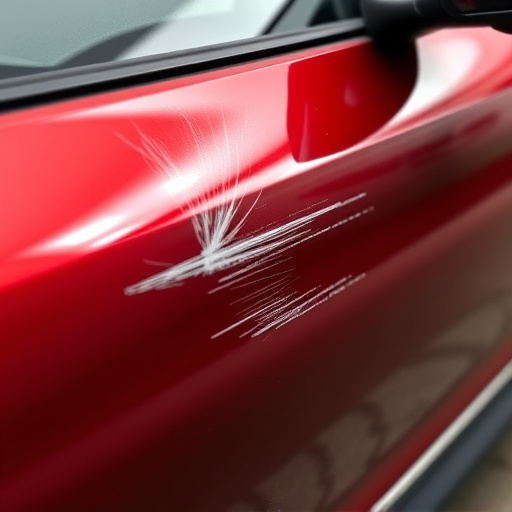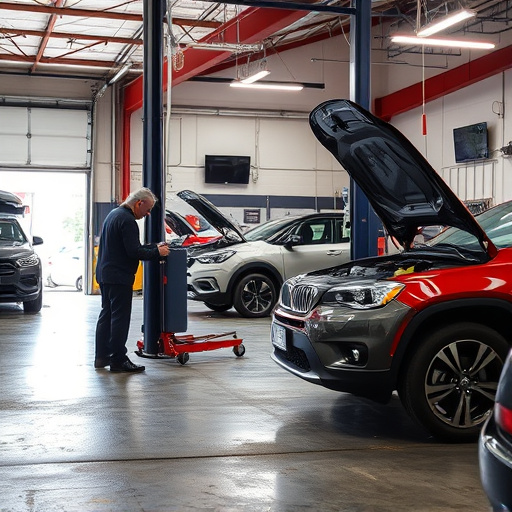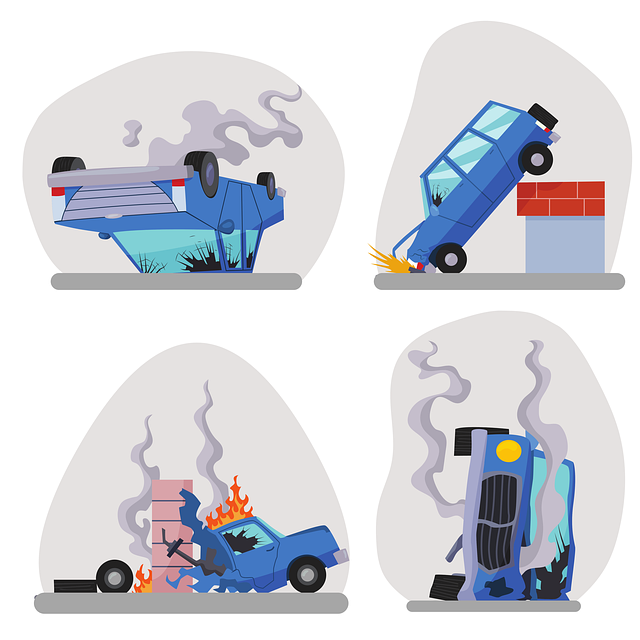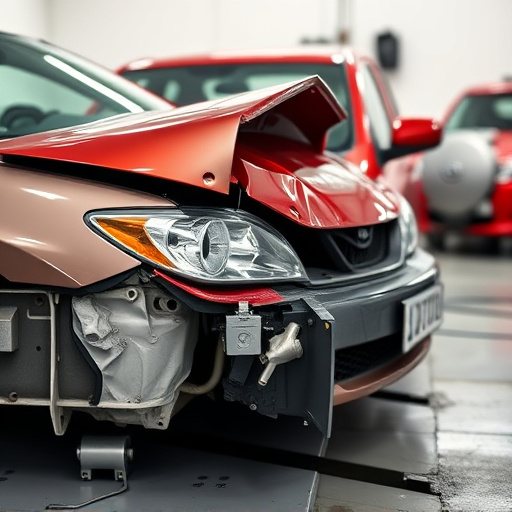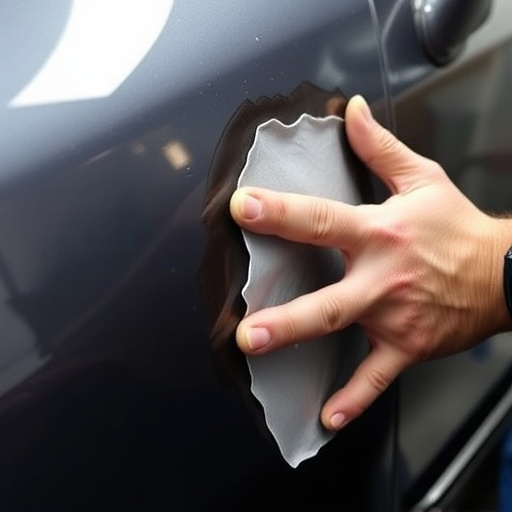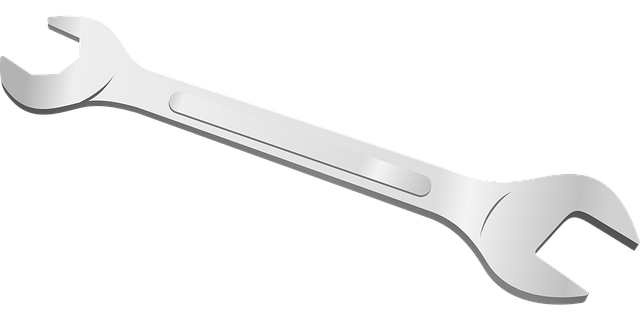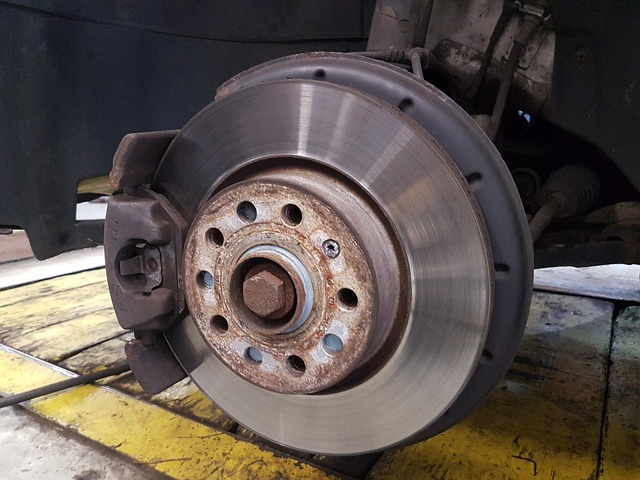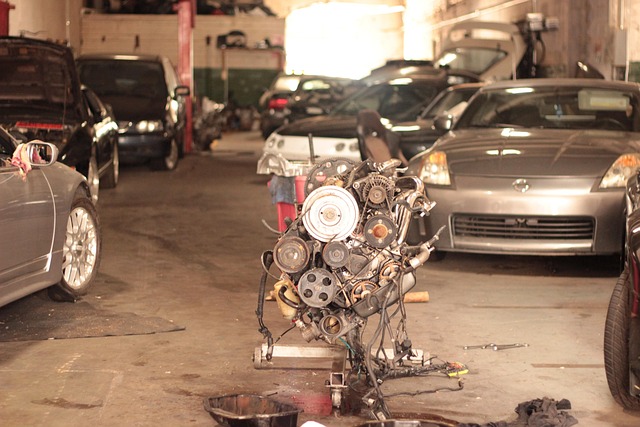The increasing demand for safe window replacements, especially in the automotive industry, led to the development of glass replacement certification. Historically overlooked, advancements in technology and safety standards required standardized training and certification. This initiative raised quality standards, fostered professionalism, and set new benchmarks for tire services and collision repair shops. The introduction of glass replacement certification has transformed car repair services by ensuring trained professionals use approved methods and materials, enhancing vehicle safety and structural integrity. Adopted across diverse sectors like construction and automotive collision repairs, this certification significantly improves safety, efficiency, and quality standards.
Glass replacement certification has evolved from a niche requirement to an indispensable industry standard, revolutionizing safety and quality. This article delves into the historical perspective of how glass replacement certification emerged as a response to growing safety concerns, its profound impact on various sectors, and the transformative effects across industries like construction and automotive. Discover how this vital credential has become an indispensable cornerstone in ensuring safety and excellence.
- The Rise of Glass Replacement Certification: A Historical Perspective
- Impact on Safety and Quality Standards
- Transforming Industries: From Construction to Automotive
The Rise of Glass Replacement Certification: A Historical Perspective

The evolution of glass replacement certification can be traced back to the increasing demand for safe and reliable window replacements in various industries. As vehicles became more sophisticated, the need for specialized knowledge and skills in automotive glass repair grew. In response to this, industry professionals and regulatory bodies joined forces to establish standardized training programs and certification processes. This marked a significant turning point, transforming the way vehicle body shops and tire services approached glass replacement.
Historically, glass replacement was often an overlooked aspect of automotive collision repair. However, with advancements in technology and safety standards, it became imperative to ensure that repairs were carried out accurately and consistently. Glass replacement certification programs aimed to bridge this gap by providing technicians with the necessary tools, techniques, and knowledge to handle complex glass situations. These certifications not only raised the bar for quality but also fostered a culture of professionalism within the industry, setting new benchmarks for tire services and automotive collision repair shops alike.
Impact on Safety and Quality Standards

The advent of glass replacement certification has profoundly reshaped safety and quality standards across industries, particularly in car repair services and vehicle body shops. This new standard ensures that repairs are carried out by trained professionals using approved methods and materials, significantly enhancing the structural integrity and safety of vehicles with damaged or shattered glass. By mandating specialized training and adherence to strict protocols, certification programs have elevated the bar for quality control in car bodywork, fostering a culture of excellence and reliability.
In the past, the lack of standardized procedures for glass replacement led to inconsistent outcomes, with some repairs falling short of optimal safety and aesthetic standards. Today, certified technicians follow meticulous guidelines, ensuring every glass replacement job meets or exceeds industry benchmarks. This attention to detail not only boosts customer confidence but also plays a pivotal role in preventing future accidents by restoring vehicles to their optimal structural condition. The impact extends beyond individual car repair shops; it has influenced the entire automotive sector, driving continuous improvement and setting new benchmarks for safety and quality across vehicle body shops worldwide.
Transforming Industries: From Construction to Automotive
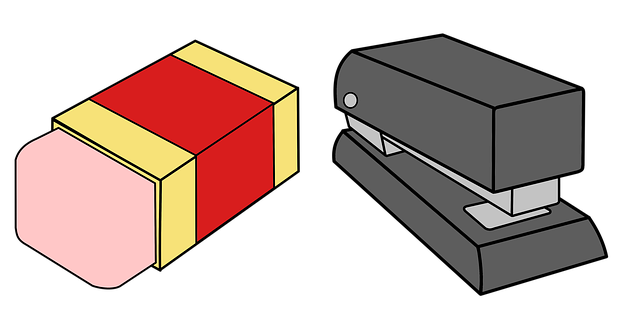
The impact of glass replacement certification has been felt across various industries, revolutionizing safety and efficiency standards. One of the most notable transformations has occurred in the construction sector, where certified professionals now ensure that windows and glass structures meet stringent safety guidelines. This shift has not only enhanced workplace security but also influenced other domains seeking similar levels of precision and expertise.
Beyond construction, the automotive industry has embraced glass replacement certification to elevate its collision repair services. Certified technicians now play a pivotal role in restoring car body shops’ structural integrity and aesthetic appeal. Their skill set extends beyond tire services to include precise glass repairs and replacements, ensuring vehicles not only run smoothly but also maintain their safety features and overall quality.
Glass replacement certification has emerged as a pivotal standard, reshaping industries globally. This historical development has not only elevated safety and quality but also driven innovation across sectors, from construction to automotive. By ensuring competent professionals perform these critical tasks, the certification has fostered a new era of trust and reliability, solidifying its role as a game-changer in the realm of glass replacement.
